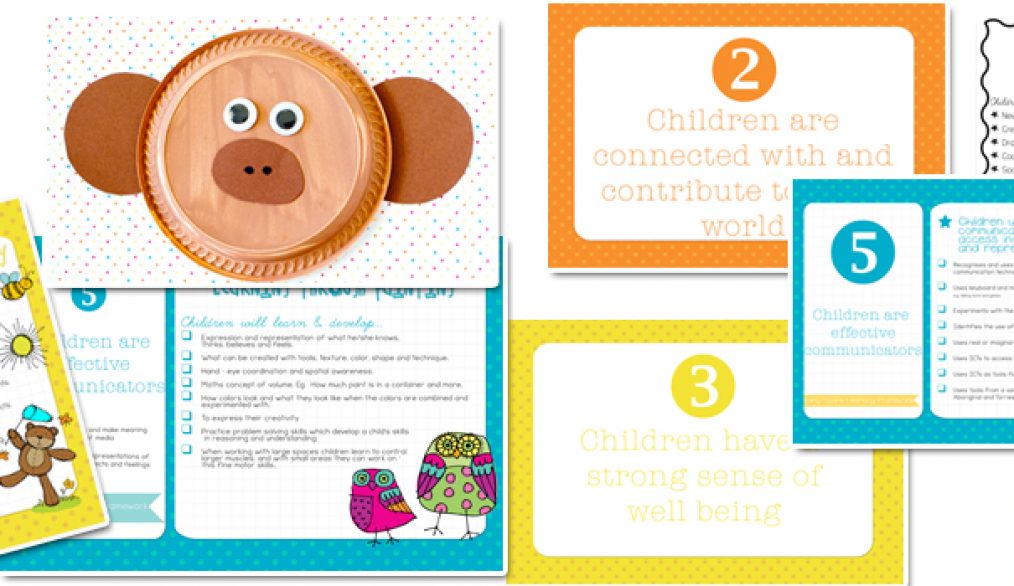
Basics of the Early Years Learning Framework
I jumped at the opportunity to come back into my passion which is educating young children but was very overwhelmed with the “new” way of doing things. I want to share with you how I have tackled the EYLF so you can have a shortcut and dive straight in! You can flourish and feel confident right from the start!
When I started out I found it difficult to get my hear around everything! It was hard to find the information I needed – hence Starskills! Everything you need in one place for your planning and documenting!
Let’s begin with the basics so you have a basic foundational understanding. This post will help you to understand how the EYLF was created and why it is important for all young children.
At the end of the post I have a great set of 38 FREE EYLF posters for you to enjoy!
Belonging, Being & Becoming : Early Years Learning Framework for Australia
COAG designed the Belonging, Being & Becoming : Early Years Learning Framework for Australia to help educators to lay the foundation that every child needs to succeed in their learning and life. This framework is based on research, international evidence and reinforces the premise of the United Nations Convention on the Rights of the Child.
The Convention states that all children -:
- Have the right to an education that lays a foundation for the rest of their lives.
- Have an education that maximises their ability, and respects their family, cultural and other identities and languages.
- Recognises children’s right to play and be active participants in all matters affecting their lives
This document emphasises the importance of children BEING, BELONGING & BECOMING. You will read about the guiding Principles, Practices and Learning Outcomes that drive pedagogy and quality early education programs.
Structure of the Early Years Learning Framework
There are 3 parts to the Early Years Learning Framework. The Principles, Practices and Learning Outcomes.
The Principles of the Early Years Learning Framework
- Relationships – Secure Respectful and Reciprocal
- Partnerships with Families
- High Expectations and Equity
- Respect for Diversity and Cultural Competence
- Reflective Practice – Ongoing Learning
The Practices of the Early Years Learning Framework
- Holistic Approaches
- Responsiveness to Children
- Learning through play
- Intentional Teaching
- Learning Environments
- Cultural Competence
- Continuity of Learning & Transitions
- Assessment
The Learning Outcomes of the Early Years Learning Framework
- Children have a strong sense of identity
- Children feel connected and contribute
- Children have a strong sense of well being
- Children are confident and involved learners
- Children are effective communicators
The EYLF Outcomes Broken Down
The Early Years Learning Framework (EYLF) has five main outcomes. Each outcome is broken down into indicators which I have numbered for you. Below I have tried to give the indicators further pointers with regard to what each outcome can be further broken down as. The pointers are by no means exhaustive but they do give you an insight into what each aspect can be looking at. Click on the indicators below to see further breakdown – pointers.
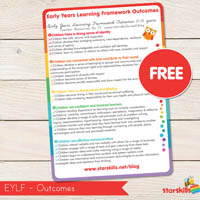 OUTCOME 1 : Children have a strong sense of identity
OUTCOME 1 : Children have a strong sense of identity
1.1 Feel safe, secure and supported1.2 Develop emerging autonomy, interdependence, resilience and sense of agency1.3 Develop knowledgeable and confident self identities1.4 Learn to interact in relation with others with care, empathy and respect
OUTCOME 2: Children are connected with and contribute to their world
2.1 Develop a sense of belonging to groups and communities and an emerging understanding of reciprocal rights and responsibilities2.2 Children respond to diversity with respect2.3 Become aware of fairness2.4 Become socially responsible and show respect for the environment
OUTOME 3: Children have a strong sense of wellbeing
3.1 Become strong in their social and emotional well-being3.2 Develop increasing responsibility for their own health and physical well-being
OUTCOME 4: Children are confident and involved learners
4.1 Develop dispositions for learning such as curiosity, cooperation, confidence, creativity, commitment, enthusiasm, persistence, imagination and reflexivity.4.2 Develop a range of skills and processes such as problem solving, inquiry,experimentation, hypothesizing, researching and investigating4.3 Transfer and adapt what they have learned from one context to another4.4 Resource their own learning through connecting with people, place, technologies and natural and processed materials
OUTCOME 5: Children are effective communicators
5.1 Interact verbally and non-verbally with others for a range of purposes5.2 Engage with a range of texts and gain meaning from these texts5.3 Express ideas and make meaning using a range of media5.4 Begin to understand how symbols and pattern systems work5.5 Use information and communications technologies to access information, investigate ideas and represent their thinking
How did the Early Years Learning Framework come about?
In 2007 – for the first time in Australian history the Council of Australian Governments (COAG) put together a national proposition for early education and care of 0-8 year olds. The result is a more coordinated approach to early education across all states and territories within Australia.
The aim of these reforms introduced by COAG is to highlight the importance of early education and quality care for babies, toddlers, preschoolers and children to Year 2 within Australia. The EYLF covers 0-8 year olds and the Australian Curriculum is incorporated in Pre Primary, Year One and Year Two classrooms as well as care based organisations catering for the 0-8 year age groups throughout Australia.
There are a number of reasons for a national approach to early education. Early childhood development is of central importance to the wellbeing of Australia’s children and to the future wellbeing and productivity of the nation.
Agreed improvements include – :
- Providing preschool education to all children within Australia
- Closing the gap of Indigenous early childhood development
- Better early education and care and finally
- Keeping all Australian children safe
What are the key EYLF documents you need to be aware of?
There are a number of key documents that you need to be aware of. Every centre, school and organisation responsible for educating and caring for 0-8 year olds are responsible for implementing the EYLF. The Australian Children’s Education and Care Quality Authority oversee the that the National Quality Framework (NQF) is implemented and the National Quality Standards (NQS) are being progressed in.
National Quality Framework
The National Quality Framework (NQF) is designed to be the national coordinated approach that propels change within day cares, preschools, kindergartens and care programs offered out of school hours. The aim of the NQF is to make organisations aware of their responsibilities to have high quality standards for programs and care for young children. The NQF aim to drive change so all communities within Australia have access to quality care regardless of background.
Key to the National Quality Framework are the seven National Quality Standards (NQS). These standards provide the benchmarks by which every service provider is assessed.
National Quality Standards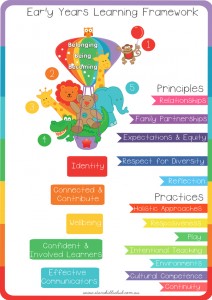
- Educational program and practice
- Children’s health and safety
- Physical environment
- Staffing arrangements
- Relationships with children
- Collaborative partnerships with families and communities
- Leadership and service management
The NQF provides accountability and clarity for educators and families desiring excellent care for their children. This framework allows for improvement in educator qualifications, improved ratios, increase in educator professional skills, provision of better support for children’s learning & development and finally a national register to support parents in finding quality local early education and care services for their children.
For more information regarding the National Framework you can go to the Australian Children’s Education and Care Quality Authority.
My Time, Our Place: Framework for School Age Care in Australia
When children are looked after in after school care then you will need to be mindful of the My Time, Our Place Framework. This document is used in conjunction with the EYLF and seeks to accommodate the contexts and age range of the children and young people who attend school age care settings. The purpose is to ensure that such young children have the opportunities to engage in leisure and play-based experiences which contribute fully to their ongoing well being and continued development.
You will be able to find out more from the My Time, Our Place Website.
Early Years Learning Framework Key Documents to Download
Here are the documents to get you started with the understanding the Early Years Learning Framework and Care Framework to be implemented throughout Australia.
- Download the Early Years Years Learning Framework
- Download the Educator’s Guide to the Early Years Learning Framework
- Download the My Time, Our Place : Framework for School Age Care in Australia
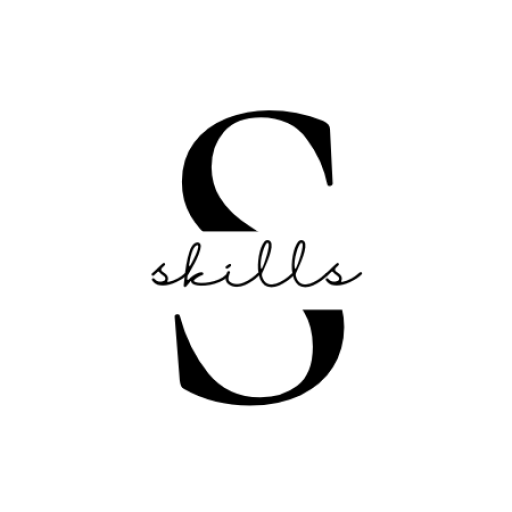
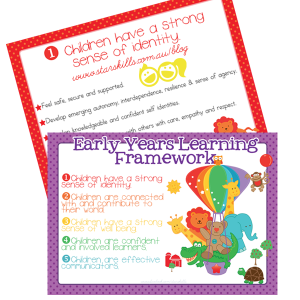
that is really fantastic resources that I would like to use.
How can we access the free posters at the end of the post? I am unable to find them?
hi how do i get your free cards on learning outcomes please
Family daycare educator